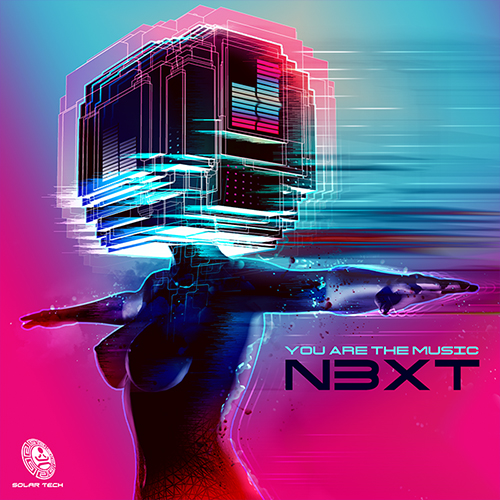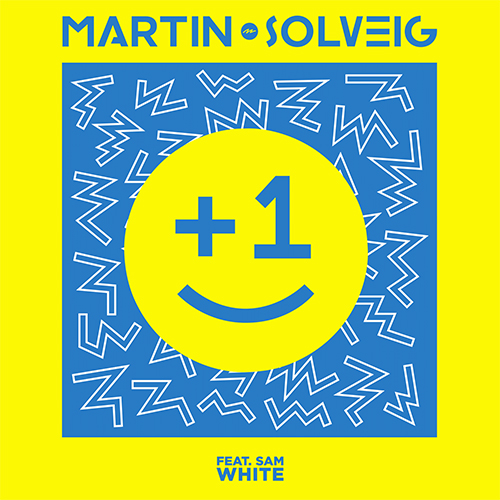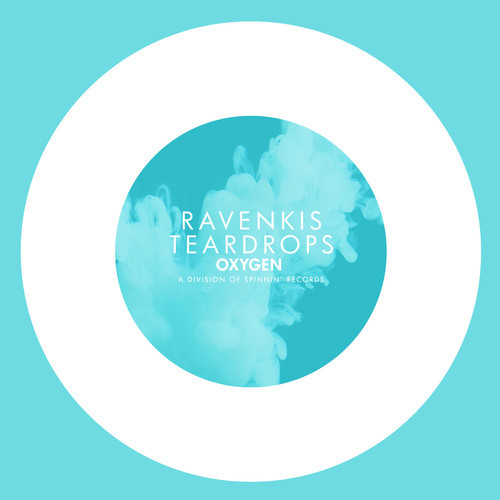-
 play_arrow
play_arrow
Clubalicious Clubalicious Radio
-
 play_arrow
play_arrow
London Calling Podcast Yana Bolder

Brooklyn, NY (December 17, 2024)—“I’m in a weird age group; I grew up in the analog era, but came of age as digital was coming about,” says engineer, mixer and producer Reed Black, owner of Vinegar Hill Sound. Black bounced back and forth between recording formats for years before arriving at the analog-heavy hybrid setup at his studio, which is in a 19-century former warehouse in Brooklyn’s DUMBO neighborhood.
A 1980s-era Studer A800 2-inch tape machine looms large in the control room. On the opposite wall, there are racks of vintage gear alongside modern reconstructions of classic analog devices. A Pro Tools rig, paired with a Burl B80 Mothership converter system, sits in front of the control room glass next to a Toft Audio ATB 32 analog mixing console. He listens through a pair of Dynaudio BM15a monitors. The attraction to analog sound goes way back.
In high school, Black, who had been playing jazz since elementary school, would record himself and his friends on a 4-track Tascam Portastudio. Later, while at Vassar College to study anthropology and sociology, and coming up a credit short of a music minor, he jumped into harmony, counterpoint and jazz theory. Inspired by his electronic music professor, Annea Lockwood, whose most well-known work is a long series of performative piano burials, and artists like and artists like Squarepusher and Oval, he bought a pair of Rode microphones and a copy of Digital Performer and began manipulating sounds.
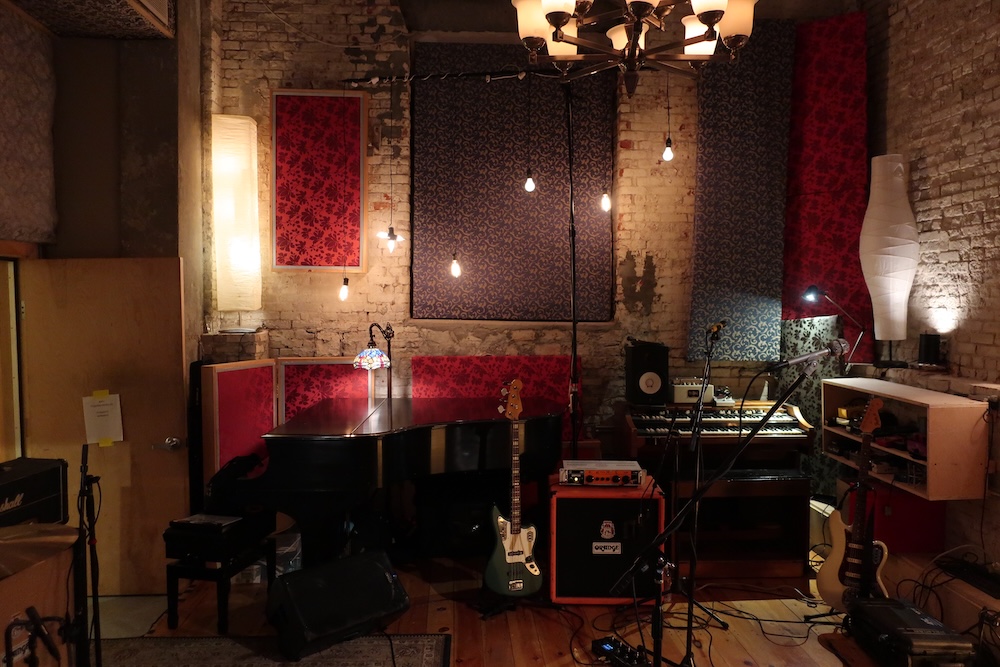
After college, Black returned to New Jersey, where he hooked up with some old friends, Princeton-based band Saves the Day. “It was only once I started with Saves the Day that I rediscovered analog,” he says. “The first time I recorded to 2-inch tape, I was 22 or 23 years old.”
Black and some other members left the band after a few years, going on to write and record dozens of songs that ended up never seeing the light of day. During that period, he says, “I realized that I was in love with engineering and producing.” Now, he says, “Sometimes people ask me, ‘Do you still write songs?’ And the fact is, I don’t have time; I’m too busy being excited with this.”
In 2011, Black was introduced to musician Justin King, who had established Vinegar Hill Sound the previous year, and became the studio’s house engineer. King had previously set up a studio in Oregon named Blackberry Hill, and when he returned to the West Coast in 2015, Black assumed ownership of the Brooklyn facility. He brought along a few pieces of gear, including his Otari MTR-12 half-inch, 4-track tape machine, noting, “I would track digitally, mix everything down to that for the artifacts and anomalies, and immediately take it back into Pro Tools.”

Meanwhile, King had left behind quite a collection of classic gear. “He gave me my first chance to work with old Neve pre’s,” Black recalls. “I had a ’60s Pye compressor, but that was the only vintage thing I owned. Everything else was new awesomeness, like the Chandler TG1 limiter, some Distressors, a Manley Stereo Pultec EQ—all nice but new.
“When Justin took off, I bought his Toft console from him—but the console is not an integral part of the studio anymore,” he is quick to add, noting that he primarily mixes in the box. “It’s now the front end for my Studer A800, and that’s all it does. Otherwise, I just go direct through the patchbay—mics to pre’s to EQs, compressors and whatnot, and into Pro Tools. Then I do analog summing on output; I’m using a Phoenix Nicerizer, which I happen to like very much. It doesn’t have the downsides of the Toft console, which are low headroom and high noise.”
The Studer tape machine, on the other hand, gets used at least once a week, he reveals. “The perfect one landed in my lap. It had been really well taken care of by great people who wanted it to have a good home and keep making good music.”
Black’s friends, who had mostly come up in the tape era, pointed to the potential noise issues with tape, but the engineer/producer remained adamant. “I have a canned response,” he says. “I pull up a playlist of songs by Lenny Kravitz”—who famously works with a fully analog vintage signal chain—“and I say, ‘Did this affect sales?’ A recording doesn’t flop because there was an improper signal-to-noise ratio. That’s not what makes people like music.”
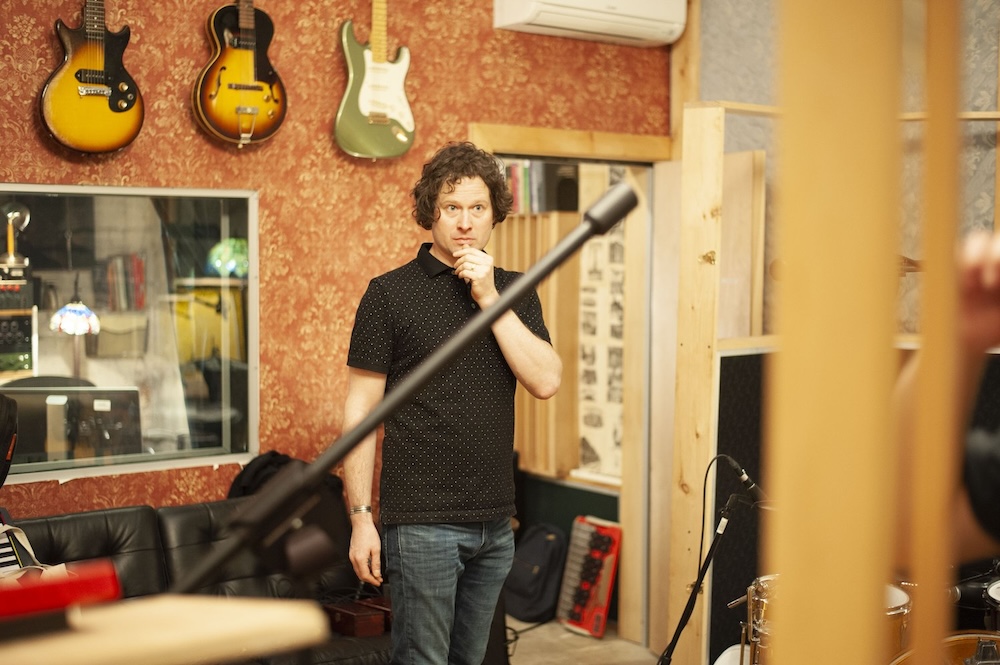
Of course, noise comes with the territory where analog equipment is concerned, especially vintage gear, not least because the equipment can have low headroom. “That’s okay,” Black says. “If we pick that piece of gear, we’re picking it as a color choice, and we’ll take everything about it. It’s integral to the character.
“I had decided that I wanted this workflow because I had started working with a lot of people in their 20s who had never really experienced that type of analog before,” he explains. “For me—and this is not an original thought—it’s a mindset thing, an approach thing. It’s also a sonic thing. You can see everybody respond to the first playback: ‘It sounds like a record!’ But much more, it’s the flow. It’s having no screen on in the room.”

On the flip side, he says, when working with a DAW, “We’re peering at something that no human being outside this room is ever going to see. Why are we doing this? This is not a visual medium. It makes no sense, but it’s also really distracting. Sometimes I would snap photos of people rocking out in the studio, and I realized it looked like we were watching a movie. Get rid of the visual and suddenly you empower your ears again. You start listening.”
Plus, it’s easy to be seduced by the almost infinite capacity of the DAW: “The best take is the one you haven’t done yet that you’re gonna save on the 127th playlist.”
Black has enjoyed his fair share of projects with big-name artists over the years. He engineered and mixed Karen O’s “Strange Love” for an album inspired by Tim Burton’s Frankenweenie movie. He engineered, mixed and produced tracks for Wet’s Pink Room and Letter Blue projects. He was an engineer on Solange’s A Seat at the Table album. Then there was the time Depeche Mode visited to record and film the band’s live, three-song Vinegar Hill Sessions. “It was one of the wildest sessions I’ve ever worked,” Black says. “They are such consummate musicians; they’re extraordinary. Dave Gahan complimented my sounds and complimented my coffee.”
The ‘Big Ideas’ of Remi Wolf
Earlier this year, Black announced the launch of VHS Records and the release of Self-Taught, the debut album by Fish Hunt, otherwise known as New York-based singer-songwriter Lucy Mondello, which was entirely recorded and mixed at VHS. “A lot of people in their 20s are kind of alienated by label culture,” comments Black, who for years had been fielding requests for advice from clients regarding the business side of the music and recording industries. “They’ve heard, ‘Hold on to your masters,’ all this stuff that’s become common knowledge now, that in the ’90s nobody knew. Lucy said, ‘I’m not putting this out on a label; I’m self-releasing this thing.’ And I said, ‘What if we’re the label?’ So we’re doing it our way. We’ll find out in five years whether this was smart or ill-advised, but we’re having so much fun.”
Written by: Admin
Similar posts
Recent Comments
No comments to show.Featured post
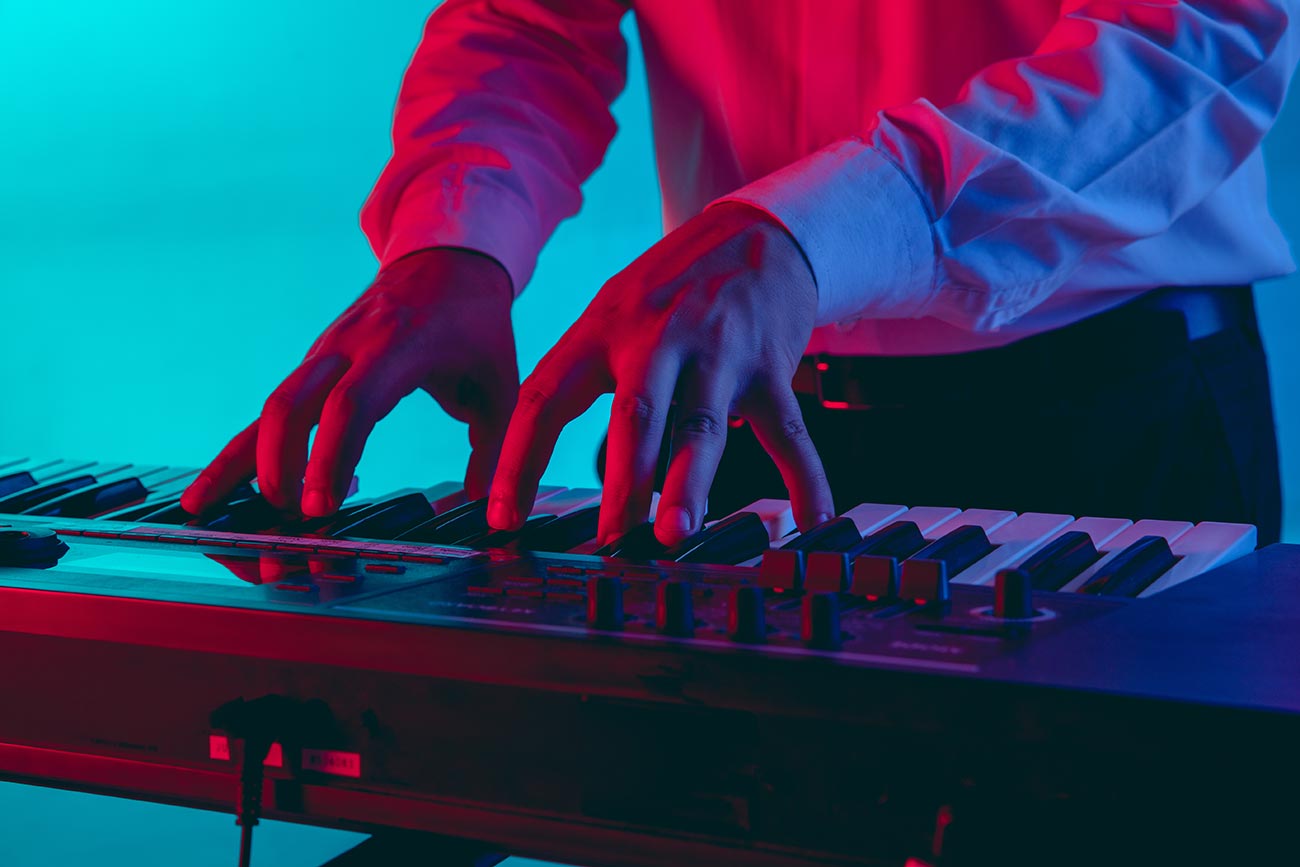
Latest posts
Current show

Uplifting Only
Ori Uplift
Abora has enjoyed success in the broader EDM music world too: Since 2012, Abora has won the Future Favorite on Armin van Buuren's A State of Trance 13 times, more than any label except Armin's Armada itself.
closeUpcoming shows

Fresh Is Fresh
THIS WEEKS HOTTEST DANCE RELEASES FROM DEE JAY PROMOTIONS
02:00 - 07:00
Stardust
Bergwall
07:00 - 08:00
Finnish Dance Chart
Top 40 Hottest Dance Tracks In Finland
09:00 - 11:00
Fresh Is Fresh
THIS WEEKS HOTTEST DANCE RELEASES FROM DEE JAY PROMOTIONS
11:00 - 16:00
Stereo Productions
Chus Ceballos
16:00 - 17:00Chart










